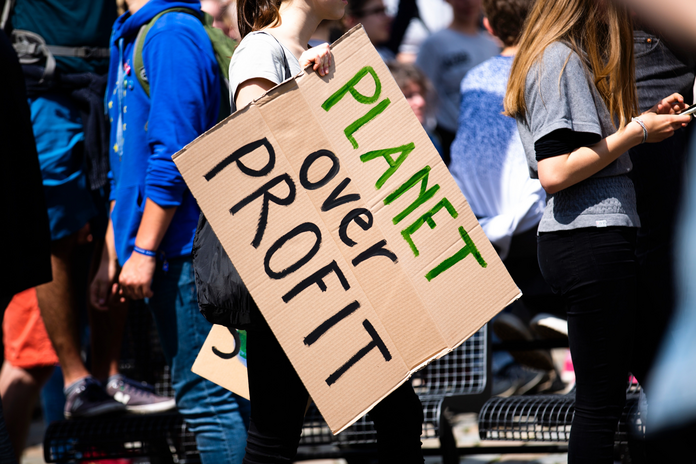The Keystone XL pipeline extension was meant to help transport large amounts of crude oil across the Canadian border to Texas. It spans large distances and has two segments. The Southern leg runs between Cushing, Oklahoma, and Port Arthur, Texas. The Northern leg (second segment) runs from Hardisty, Alberta, through Montana and South Dakota to Steele City, Nebraska.
Obama declined the Northern leg of the project to continue with construction, while Trump granted the permit. Biden recently terminated the pipeline’s construction. There were various environmental considerations that were part of Biden’s decision.
Firstly, the pipeline carries tar sands oil (more corrosive and acidic) which can result in higher likelihoods of spillage. In North Dakota, more than 378,000 gallons of this oil spilled resulting in the pipeline being shut down. Additionally, these spillages are harder to detect, cause more damage than regular conventional crude oil, and can severely damage the environment. The pipeline would also result in greater greenhouse gas emissions. It would be in direct opposition to prioritizing clean energy sources as tar sands oil is the primary component that is transported. Aside from this the pipeline and potential spills would damage the ecosystems of various animals who reside where the pipeline spans. Another environmental concern relates to Indigenous land. An environmental activist from Smith’s Landing First and a Dene elder, Francois Paulette also expressed concern about the pipeline polluting rivers which would impact Indigenous land and communities.
Aside from these significant environmental concerns, the biggest controversy surrounding this pipeline relates to the economy (as with most Conservative/Republican matters of importance). Much of the chaos that ensued after Biden revoked the pipeline was related to jobs. The biggest claim made by those pro-pipelines was that this pipeline would result in more jobs. However, instead of creating 119,000 new jobs it would actually require less than 2,000 jobs. Another claim involved reduced gas prices as a result of the pipeline. This was also proven wrong, especially because the oil could be sent overseas – potentially increasing the market.
Overall, positive action has been taken in ensuring that this project is terminated. The environmental risks, disregard for Indigenous land, and spillages were far too great to overlook. It is important to weigh and evaluate all sides, the risks, and consult with scientists and other experts in the field when making these sorts of decisions. I am glad that a resolution was reached in the case of the pipeline and the evidence was critically analyzed.


